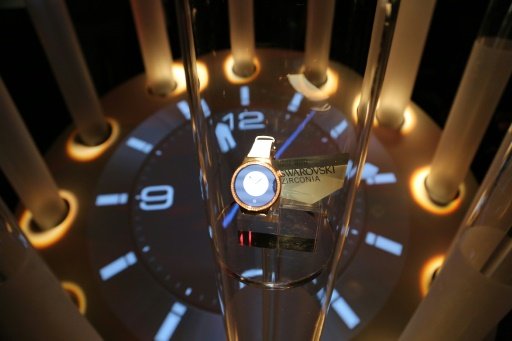
As if 2016 has not been long enough, the year’s dying minute will last an extra second to make up for time lost to Earth’s slowing rotation, timekeepers say.
The extra second is sometimes necessary because of unpredictable changes in the speed at which the Earth turns on its axis.
This year will be the 27th time the National Physical Laboratory has decided to at a leap second to the year.
Countries that use Coordinated Universal Time – several West African nations, Britain, Ireland and Iceland – will add the leap second during the midnight countdown to 2017 – making the year’s final minute 61 seconds long.
For others, the timing will be determined by the time zone they live in, relative to UTC.
‘This extra second, or leap second, makes it possible to align astronomical time, which is irregular and determined by Earth’s rotation, with UTC which is extremely stable and has been determined by atomic clocks since 1967,’ the Paris Observatory said in a statement.
The observatory houses the International Earth Rotation and Reference Systems Service (IERS), responsible for synchronising time.
‘The sequence of dates of the UTC second markers will be: 2016 December 31 23h 59m 59s, 2016 December 31 23h 59m 60s, 2017 January 1, 0h 0m 0s,’ the IERS website states.
The adjustment is necessary because Earth’s rotation is not regular – it sometimes speeds up, sometimes slows down, but is gradually slowing overall.
This is caused by factors including the moon’s gravitational Earth-braking forces, which give rise to the ocean tides.
The result is that astronomical time – based on the length of an Earth day – gradually falls out of sync with atomic time – which is measured by nearly 400 super-accurate atomic clocks dotted around the world.
Leap seconds sometimes cause problems for communication networks, financial systems and other systems that rely on precise timing, and must be programmed into computers to avoid mistakes.
The extra seconds are introduced in the final minute of either December or June, or rarely March or September.

